Butternut Lumber
- September 4, 2023
- 0 comment
Butternut lumber, derived from the Juglans cinerea tree, is a distinctive hardwood species that captures attention with its unique attributes. Recognized for its creamy, light-colored appearance, Butternut lumber presents an aesthetic reminiscent of the beloved walnut, earning it the nickname “white walnut.” Beyond its visual appeal, one of the wood’s notable characteristics is its remarkable lightweight nature, setting it apart from many other hardwoods.
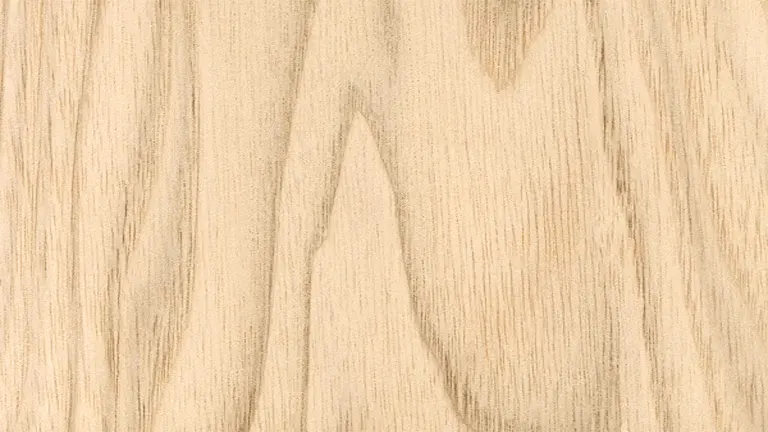
This quality, coupled with its relatively effortless workability, makes Butternut lumber a popular choice among woodworkers for a diverse range of projects, from intricate carvings to functional furniture pieces. Its combination of eye-catching aesthetics and ease of manipulation offers a harmonious balance that appeals to both artistic sensibilities and practical craftsmanship.
| Property | Description |
|---|---|
| Common Name(s) | Butternut, White Walnut |
| Scientific Name | Juglans cinerea |
| Distribution | Eastern North America |
| Tree Size | Medium-sized, 60-80 ft tall |
| Avg. Dried Weight | 28 lbs/ft³ (450 kg/m³) |
| Specific Gravity | 0.45 |
| Janka Hardness | 490 lbf (2,180 N) |
| Modulus of Rupture | 7,000 lbf/in² (48.3 MPa) |
| Elastic Modulus | 1,100,000 lbf/in² (7.59 GPa) |
| Crushing Strength | 4,200 lbf/in² (28.9 MPa) |
| Shrinkage | Radial: 5%, Tangential: 8% |
Properties Details
Color/Appearance
Butternut wood has a pale tan to light brown color with occasional darker streaks and spots. Over time and with exposure to sunlight, the hue can darken. The wood’s appearance is characterized by a subtle, straight grain and a fine, even texture.
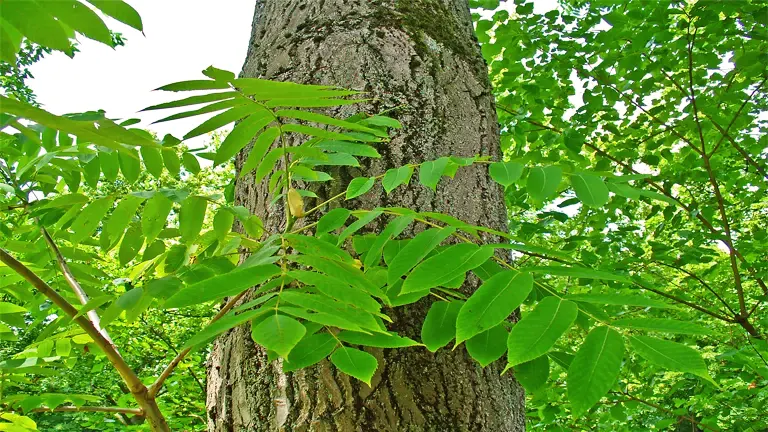
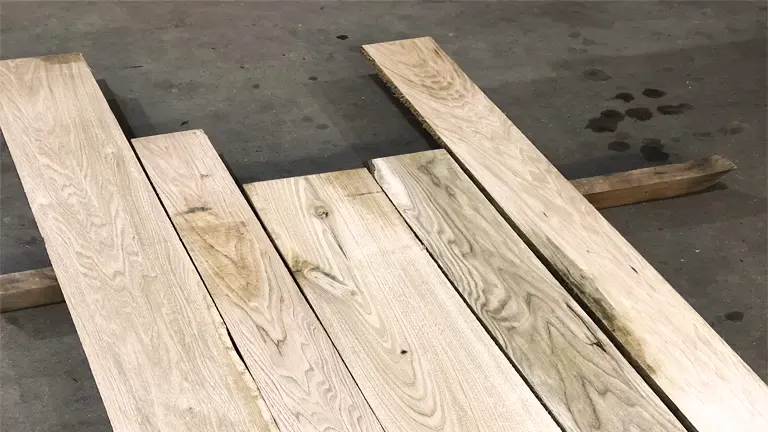
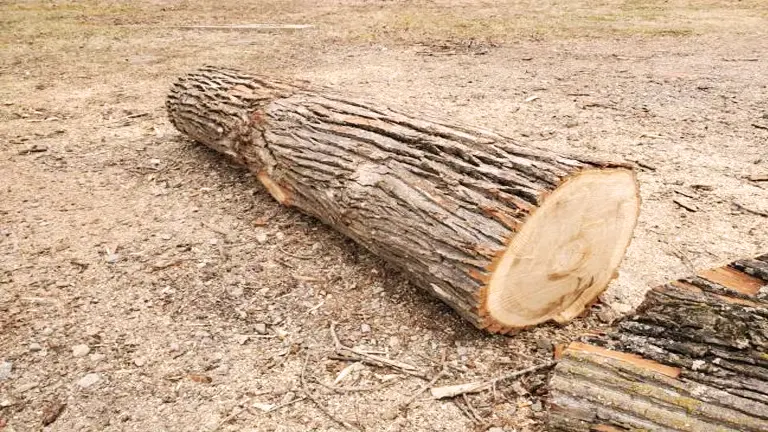
Grain/Texture
Butternut typically features a straight grain pattern, occasionally with slight waviness. The texture is fine and uniform, contributing to its ease of working.
Rot Resistance
Butternut is not naturally resistant to decay and is susceptible to rot and insect infestation when exposed to damp or humid environments. For outdoor applications, proper finishing and protection are recommended to prevent these issues.
Workability
Butternut is highly valued for its exceptional workability. It is relatively soft and lightweight, which makes it easy to work with using machines, cutting tools, carving implements, and sandpaper. It also takes glue and finishes well. However, care is needed to avoid overworking it, as it can dent or scratch easily.
Odor
Butternut does not have a distinct odor.
Allergies/Toxicity
While allergic reactions to Butternut are rare, some individuals might experience skin irritation or respiratory discomfort when working with Butternut dust or coming into contact with the wood.
Pricing/Availability
Butternut lumber is moderately priced and is generally available in limited quantities. Availability may vary depending on the region.
Sustainability
Butternut trees have been significantly affected by a fungal disease called butternut canker. This disease has led to a reduction in the Butternut tree population, impacting the availability of Butternut lumber. It’s important to source Butternut wood responsibly and consider its ecological impact.
Common Uses
Butternut is commonly used in various applications, including cabinetry, furniture making, carvings, interior trim, and paneling. Its light color and ease of carving make it a popular choice for decorative purposes.
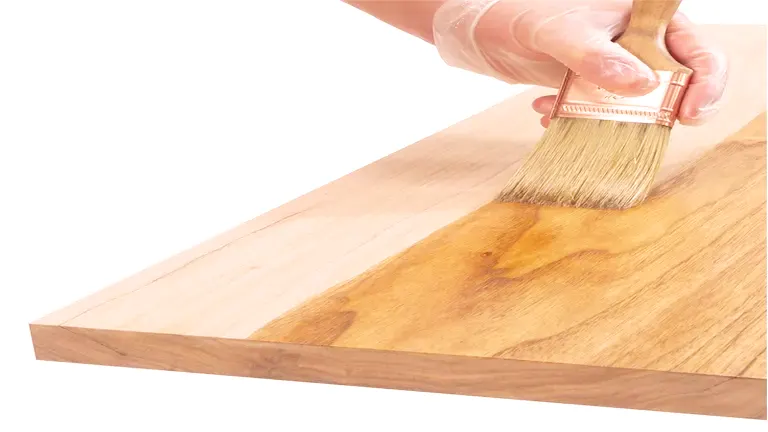
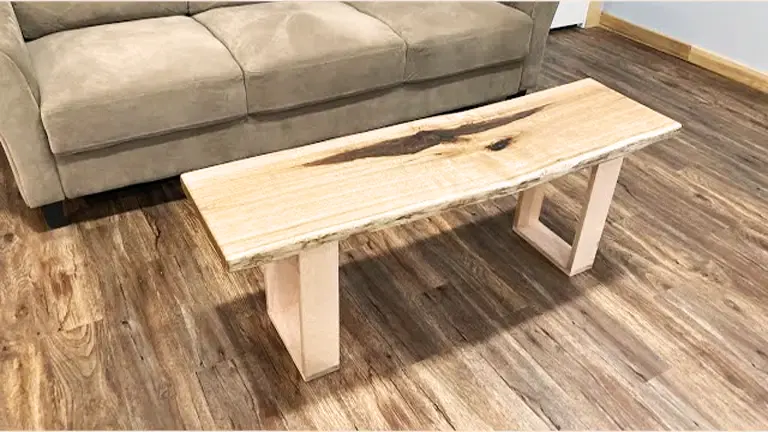

Frequently Asked Questions (FAQs)
- Is Butternut easy to stain or finish?
Yes, Butternut takes stains and finishes quite well, producing a smooth and even surface. It’s often chosen for its ability to showcase different finishes effectively. - What are the alternatives to Butternut in woodworking projects?
Common alternatives to Butternut include Poplar, Basswood, and some types of Maple. These woods offer similar workability and are readily available. - Does Butternut have any unique uses in woodworking?
Yes, Butternut is popular for woodcarving and creating intricate designs due to its workability and fine texture. It’s often used for making decorative carvings and moldings. - Is Butternut lumber suitable for making musical instruments?
Yes, Butternut can be used for certain parts of musical instruments, such as guitar bodies and necks. Its lightweight and tonal qualities are appreciated by some luthiers. - How should Butternut be stored to prevent warping or cracking?
To minimize the risk of warping or cracking, it’s recommended to store Butternut lumber in a cool, dry place with consistent humidity levels. Stacking and sticker spacing are crucial to allow for proper air circulation. - Can Butternut be used for kitchen cabinets or cutting boards?
While Butternut is suitable for kitchen cabinets, it’s not recommended for cutting boards due to its relatively soft nature. Harder, more durable woods like Hard Maple or Cherry are better choices for cutting boards that can withstand knife marks and moisture exposure.
“We’re eager to learn from your experiences! Feel free to share your personal projects and thoughts on working with Butternut Lumber in the comments section below. Your insights can be valuable for fellow woodworkers looking to explore this versatile wood.”







Leave your comment